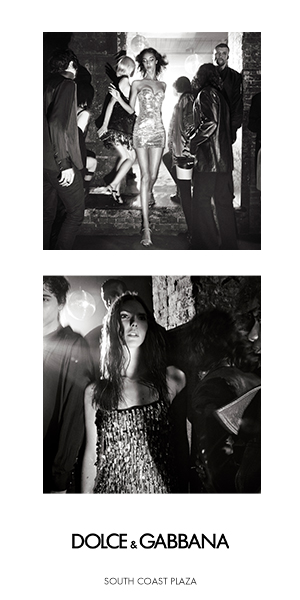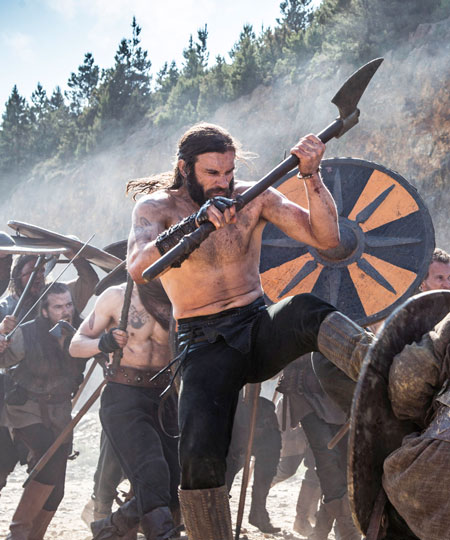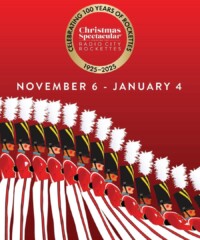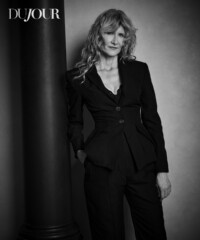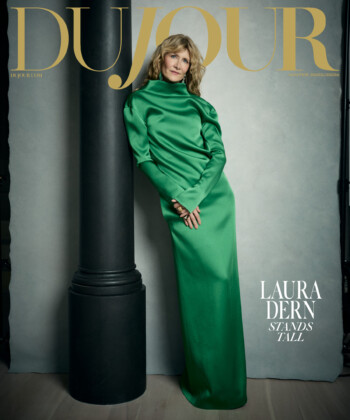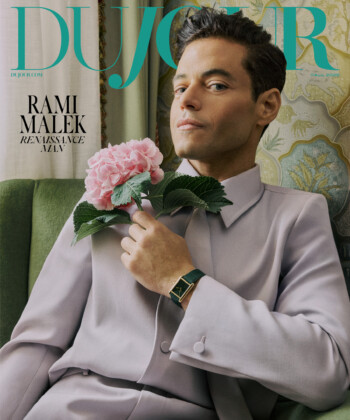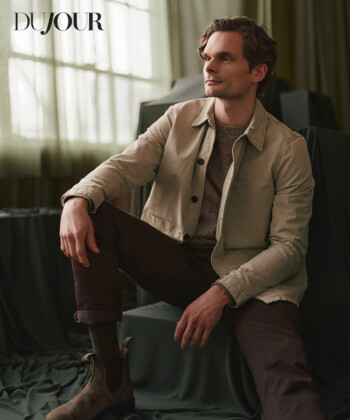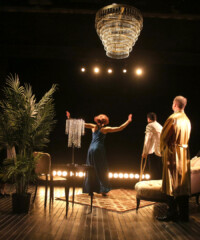“If you walk outside your office for three blocks, you’ll pass at least 70 Vikings.” That was the pitch that award-winning writer Michael Hirst made to the History Channel—and it worked. Executives took the chance that a dramatic series on the lives of people who fought and loved more than 1,000 years ago would hook us today.
Vikings, back for Season Two on February 27, became the No. 1 new cable series of the year in its first season, averaging 4.3 million viewers. The fan base proved rabid about the series’ stars Travis Fimmel, Katheryn Winnick, Clive Standen, Jessalyn Gilsig and George Blagden.

Travis Fimmel and Clive Standen as the Brothers Ragnar; photo by Jonathan Hession
What makes Vikings stand out in the throng of historical films and television series is the simple yet compelling storytelling of Hirst, its creator and sole writer. This is far from his first foray into the past. Hirst wrote the screenplays for Elizabeth and its sequel Elizabeth: The Golden Age, both starring Cate Blanchett, and then went on to create the very popular Showtime series The Tudors, which ran for four seasons.
We caught up with Hirst to find out what fuels his passion for authenticity, whether it’s a chaotic battlefield or quiet moments between husband and wife.
In the first season of Vikings, the theme was strength—both physical and psychological—and how that gets you power. In the second season’s first four episodes, the storylines all seem to revolve around trust.
Yes, trust and betrayal. It’s very much about trust, and the fact is that you can’t trust anybody.
This series was an immediate hit. Were you expecting it?
I was completely surprised. As writers, you work in the dark, spinning these tales. I didn’t know people would be excited. As we began shooting and I saw the first rushes, I thought, “Well, maybe.” It’s honest. No one’s trying to just do it for effect. It’s a wonderful crew, a wonderful cast, and everyone’s doing it for the right reasons.
What drew you to the Vikings in the first place?
I discovered the Vikings many years ago and became fascinated by their culture. They had such bad press. They were always depicted as savages, and then you realize it was because their culture was written about by their enemies—Christian monks. When you dug a little deeper, you found they were more of a democratic society. Their attitude toward women was much more egalitarian. I love their gods and their understanding of nature and the world. I started thinking, “These guys are fantastic.”
Why do you turn to people of the past for television drama?
One, it’s just the way my mind works. I had a very academic background; I was 10 years in university. The research part is a great joy to me and watching storylines come from it.
The Vikings had a huge influence on Western culture. I grew up in Yorkshire, England, and it was a Vikings town. We’re shooting on the beaches of Ireland where we know the Vikings came ashore. That’s the difference between my show and Game of Thrones. This happened. These are all real people. It’s not just entertainment.

A scene from Vikings; photo by Bernard Walsh
How about writing these battle scenes?
We say, “Let’s do it in a more imaginative and interesting way, as if you were in a battle.” It’s not CGI people running up and down. If you look at a movie like Thor, the battle scenes are CGI. It’s all fake. We do the battles. All of the actors—men and women—love it.
One of the reasons The Tudors took off was that Henry VIII was played by such a charismatic actor, Jonathan Rhys Meyers. It’s happened again, with Travis Fimmel, though he didn’t have as many acting credits as Rhys Meyers did when you cast him in The Tudors. Why choose Fimmel?
When we started, we didn’t have a lead actor. We had to go into production. People were putting pressure on. I’m the show runner so in theory I have some power, but I don’t really have all the power because it’s not my money.
Eventually they told me we have to make a choice now, and we’ve chosen this actor. So I sat down around midnight with my wife to watch the test reels of this guy. My wife said, “I couldn’t watch this guy as the hero. He’s very handsome, but he’s very conventional and as a woman I wouldn’t want to watch him.” I took a deep breath and phoned them and said, “I know this sucks, but I don’t approve. We go on searching.”

Breakout star Travis Fimmel as Ragnar Lothbrok, star of Vikings; photo by Jonathan Hession
It was seven, eight days later that Travis sent his own reel in. He had shot a couple of scenes in his kitchen in a farmhouse in Australia. He hadn’t bothered to dress up like a Viking, as many of the other actors had done, and he hadn’t bothered to sound anything but Australian. But he got the depths and got something about the character. It was exciting.
Fimmel always surprises me with his reactions to what’s happening.
He’s counter-intuitive. If you think he’s going to look serious, he grins. I would say that Johnny Rhys Meyers is compulsively watchable, or at least he was on The Tudors. Whoever you put in a room with Travis, you want to know what he’s thinking.
His character Ragnar Lothbrok is a family man. Perhaps viewers weren’t expecting that from a show called Vikings.
I cried when I wrote the scene of Ragnar talking to his dead daughter. Travis delivers that scene so well because he believes totally in Ragnar’s commitment to his children. Travis and I have bonded in our take on children, but Travis has no children, and I have nine.
NEXT: Horrifying histories, religion’s role and takeaways from The Tudors























